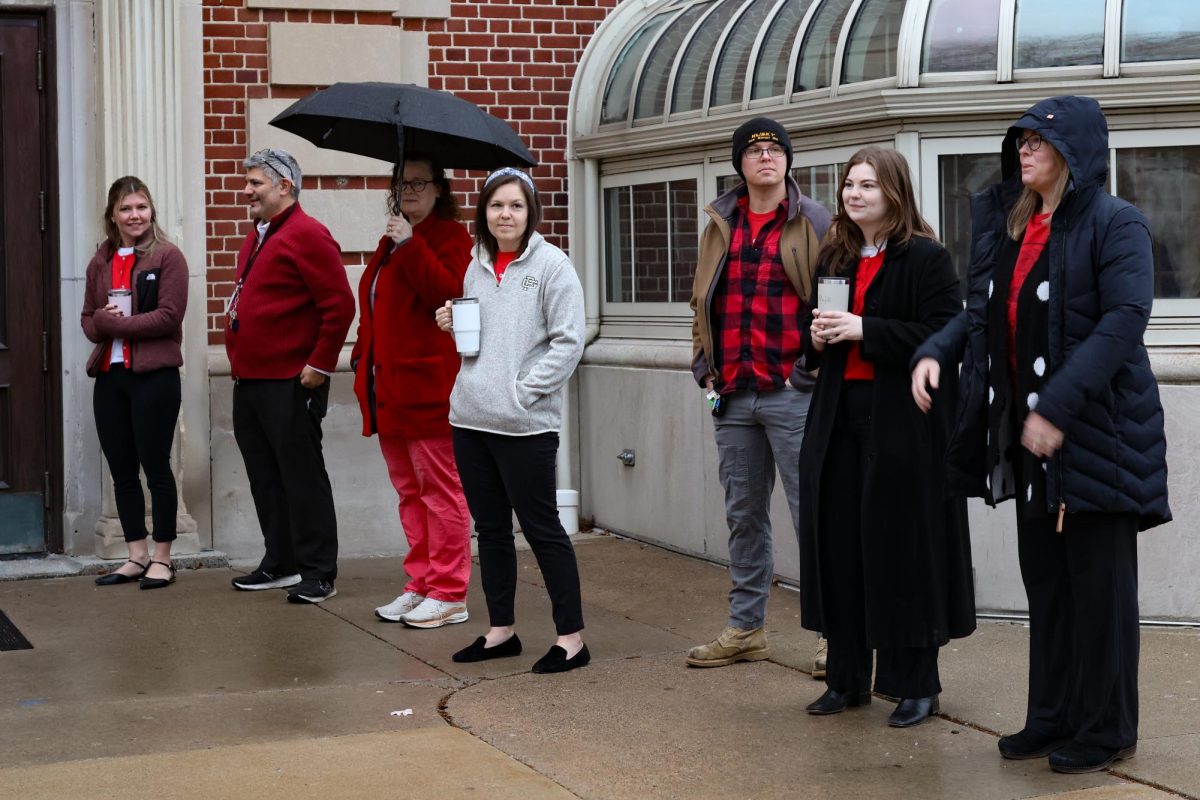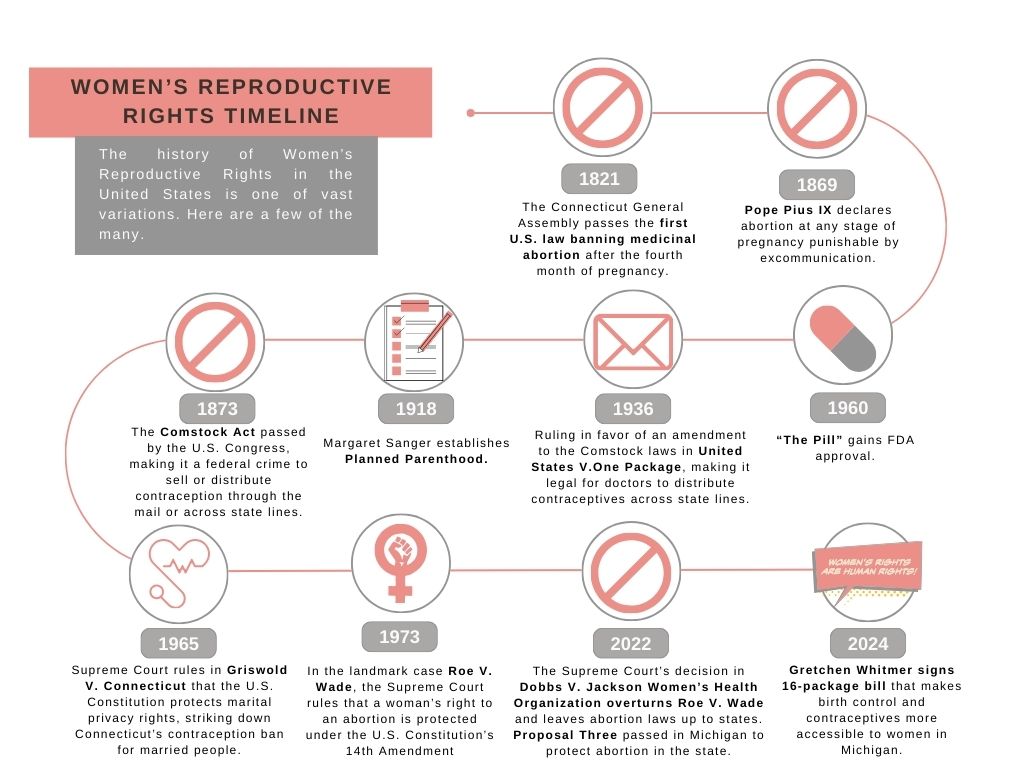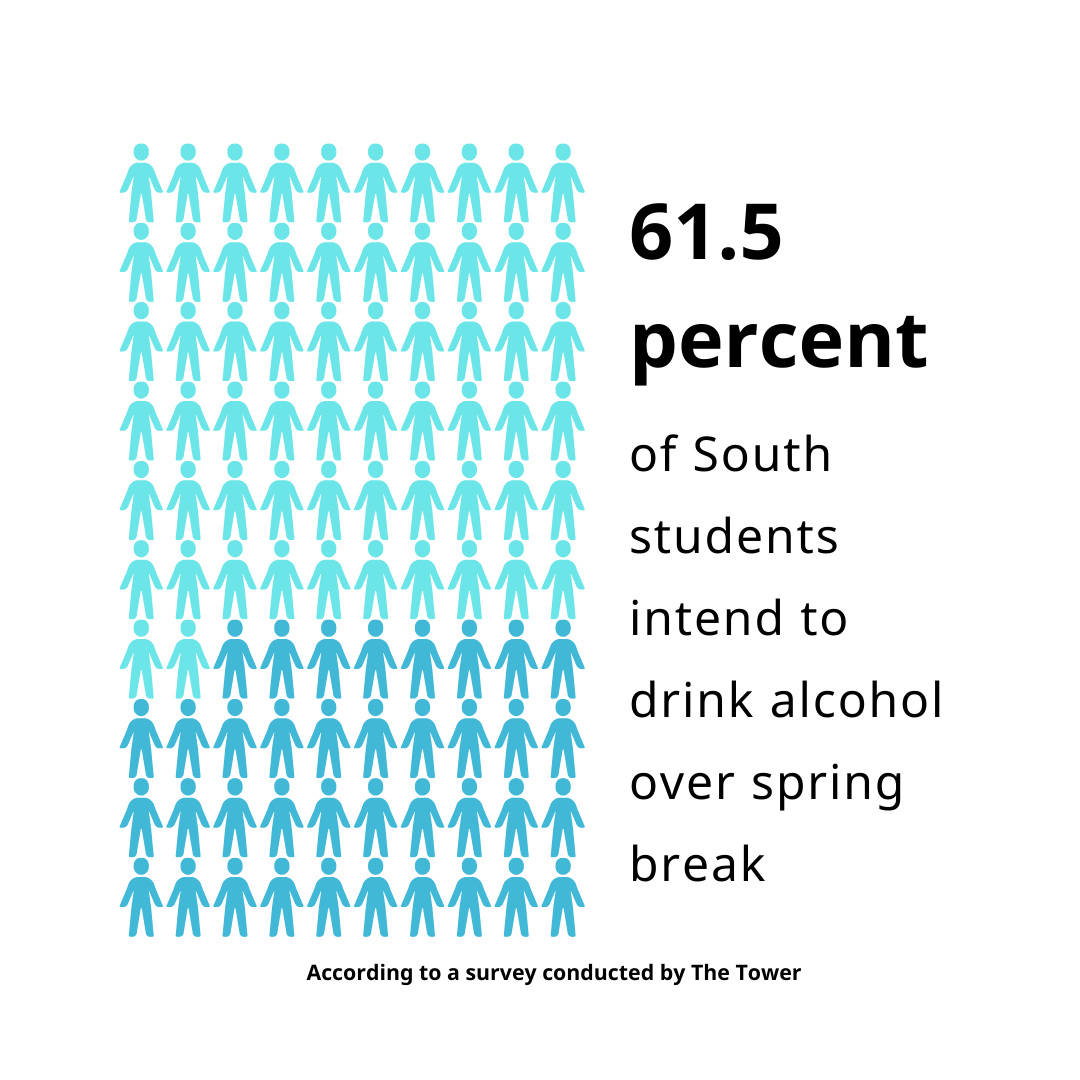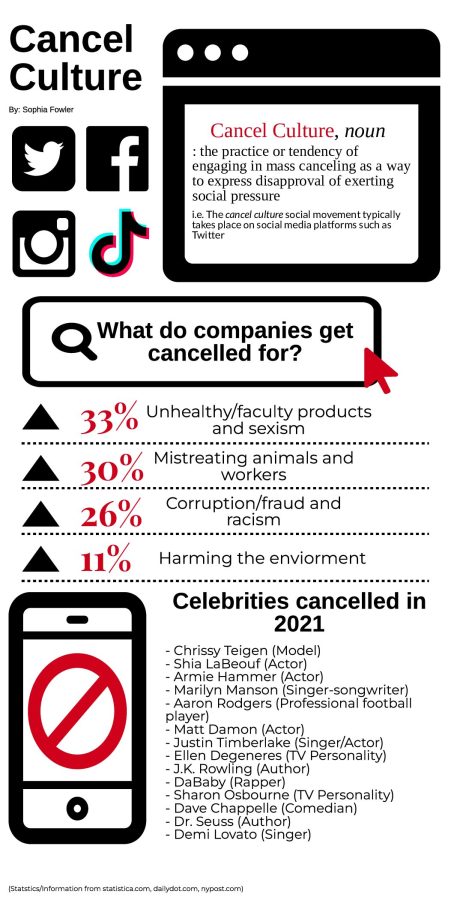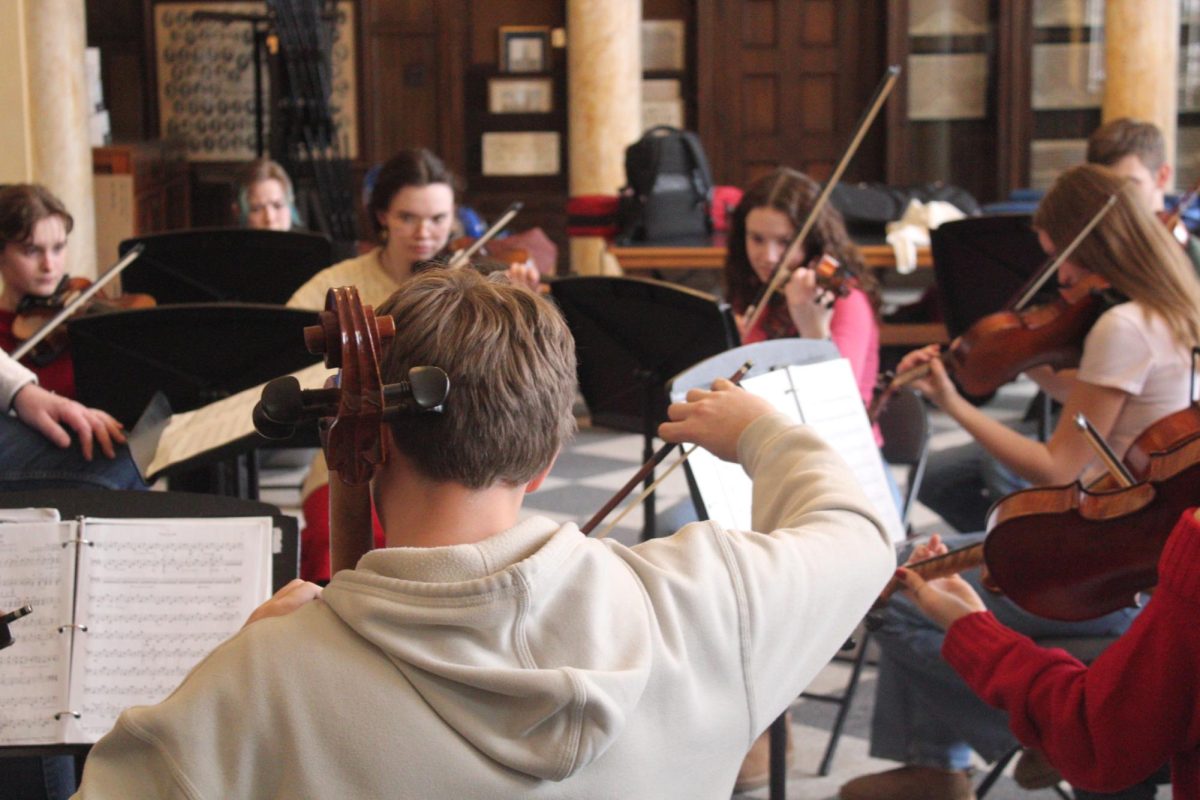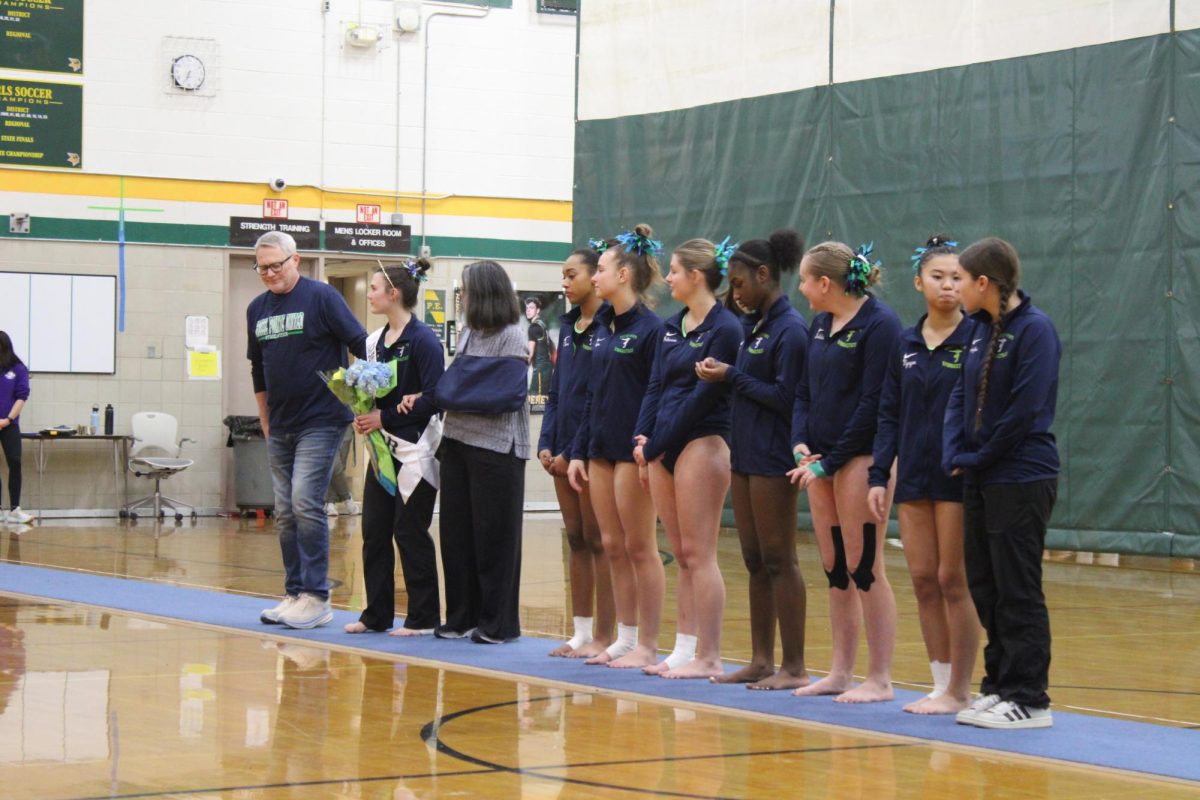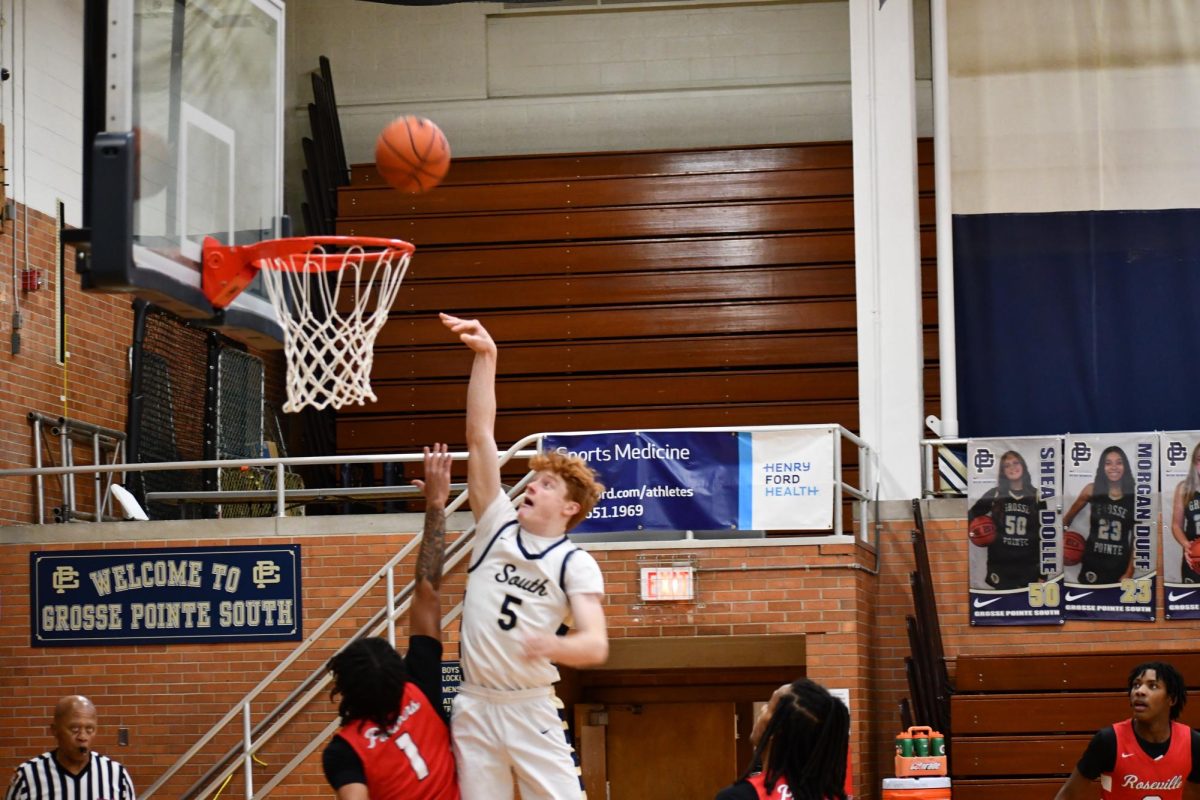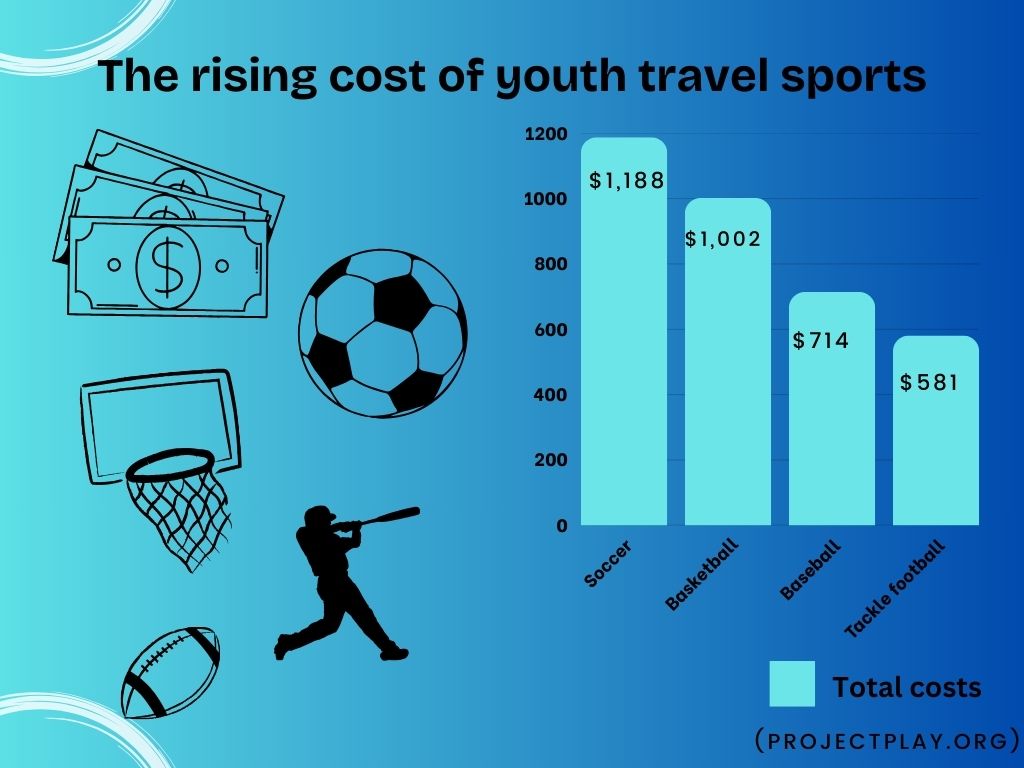Sports are popular among young children and can be expensive, especially for those participating in two or more sports. For some families, travel sports can be costly, but the rewards may outweigh the expenses. Although sports are very beneficial for children’s growth, the cost of sports is not attainable for lower-income households.
Children in the United States continue to have different sports experiences based on their financial condition. According to The Aspen Institute’s State of Play 2022 report, parents making $150,000 or more spent 83 percent more on travel for their child’s sports experience than families earning under $50,000. Travel sports for children can be extremely costly, allowing better opportunities for kids from homes with higher incomes.
Youth sports can provide habits for a better future of health benefits, as well as teamwork, leadership, time management, discipline and long-lasting friendships. Kurt Highducheck put two sons through travel hockey for 10 years each, giving him plenty of experience with the benefits and the setbacks of sports spending.
“Travel sports are very expensive, but it was a no-brainer giving them that team bonding experience and healthy lifestyle,” Highducheck said. “I played hockey until going off to college at Michigan State where I got cut during tryouts for the varsity hockey team.”
While sports organizations explore new ways to keep expenses low and participation high, some families limit the number of sports their children participate in each year due to cost cuts. The annual inflation rate was 2.9 percent and core inflation was 3.2 percent.
“Even before inflation, travel sports, hockey in particular was a rich man’s sport,” Highducheck said. “Although I don’t consider myself as being wealthy I earned enough to make decisions about my sons playing without worrying about my family making ends meet.”
Travel sports allow young athletes to get exposure to college scouts and find college opportunities but they need to have good grades and the skill and athleticism to compete at the college or juniors level. Parents usually guide their kids until they are old enough to make their own decisions but some want their athlete to continue playing regardless of whether or not they want to.
“I had my younger son play for one of the top coaches in the area and it was a big time and travel commitment for both of us and extremely expensive,” Highducheck said. “But I wanted him to have the best chance possible at either playing in college or for a juniors team where he would have to live with a billet family out-of-State.”
The risks that parents take when placing their kids in travel sports are that they may not choose to keep playing the sport, parents need to keep in mind before placing their kids in travel sports, that the experience might not lead to a college scholarship or chance to even play at the next level.
“My sons were considering playing in college but then decided to attend schools that didn’t have hockey programs,” Highducheck said. “They were undersized and didn’t get many looks from college hockey programs so they chose schools based on the curriculum they felt best suited where they wanted to take their careers.”
The cost of sports divides American families. Affordability can influence where children play, who they play with, and what lessons they learn via sports. Introducing children to the more expensive and competitive world of travel sports is costly, so in a lot of cases who makes it to the next level of the sport depends on their family’s income or other financial resources they have available. According to a study by Qualtrics, The United States could be headed to a recession and the last time that happened youth sports participation declined from 45% in 2008 to 37% in 2016.
“Once you add up airfare, hotel, ground transportation, meals, entertainment events, and sightseeing if there’s time for it each trip for just one parent and our younger son had a cost of around $1,500,” Highducheck said. “That adds up fast when you take into consideration they traveled over 20 times per year for tournaments.”
Adam Ezop ‘27, who started playing travel lacrosse in eighth grade, believes the experience is worthwhile for the enjoyment, skill development, and social aspects it offers. He acknowledges that travel sports can provide better college opportunities and suggests that if one can afford it, the investment is worthwhile.
“The best parts are the experiences, getting better, having fun with friends, having amazing opportunities, and improving at the sport,” Ezop said.
In travel sports, there is more freedom in choosing what skill level is right for you by being able to choose what organization fits you best. Ezop believes that travel sports offer the advantage of picking one’s coach and team.
“The team choices are better in travel sports because you can choose what team you want to join and your coach,” Ezop said.
The experience of travel sports is more competitive and brings more possibilities for future colleges and teams, Ezop recommends trying out travel sports at least once, even if one is not highly interested initially.
“If you can afford it, you should do it,” Ezop said. “All kids should play travel and see if they like it, or at least try it out once.”


